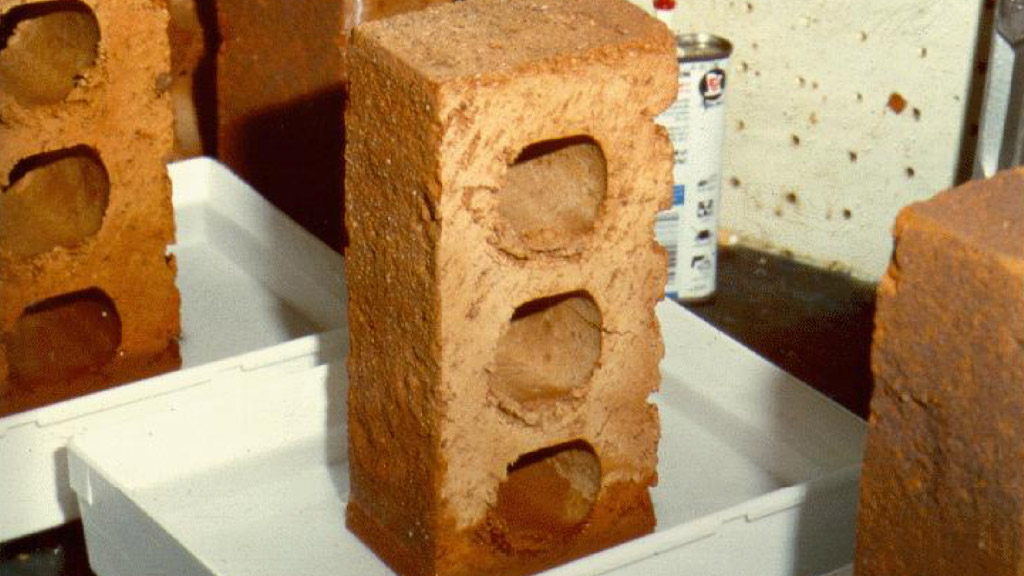
ASTM C67 efflorescence test for brick.
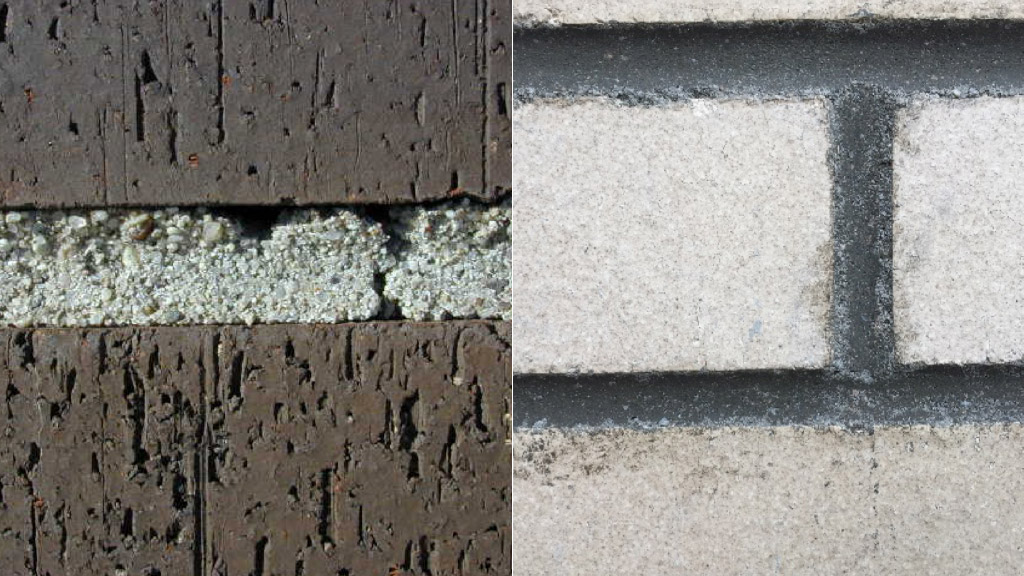
Poorly tooled joints (left) will let in water. Fill all joints and tool concave (right) for the best weather resistance.
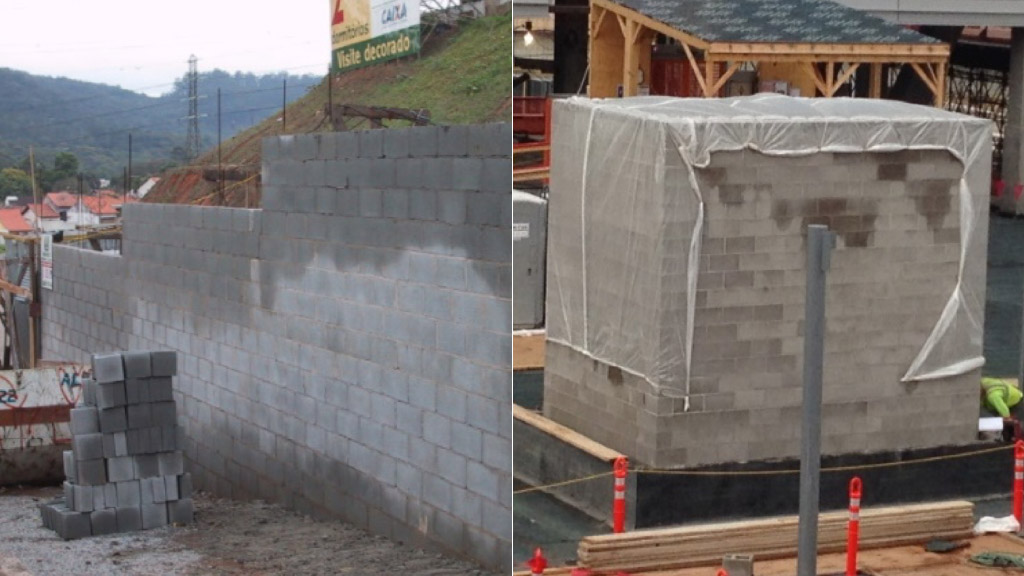
Don't let your walls get wet as shown on the left. Efflorescence forms as wet walls dry out - cover tops of walls at the end of the day if rain or snow is coming.
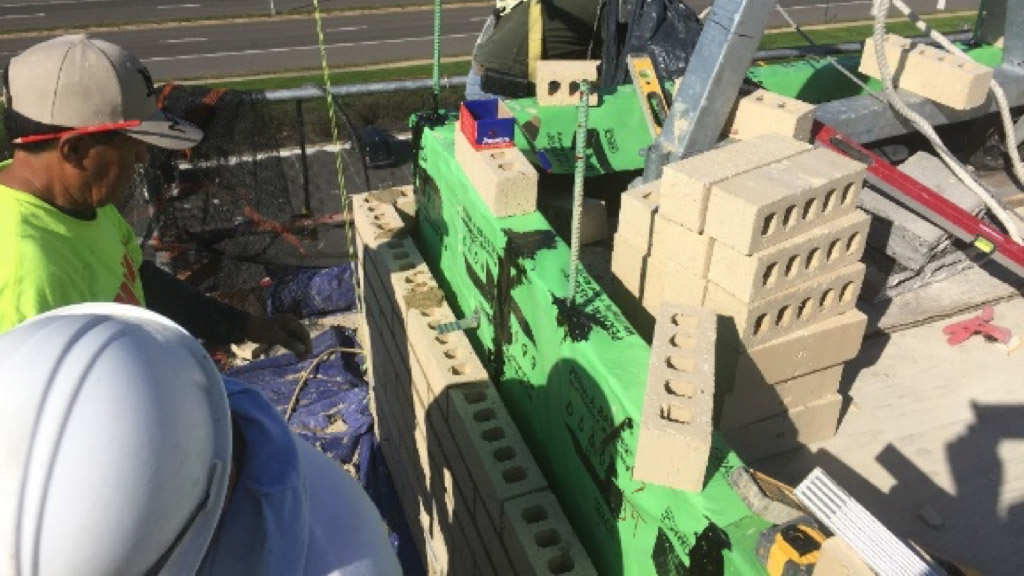
Use flashing, weep holes, and a vapor barrier to move moisture out of the wall system and keep the drainage cavity separate from backup materials.
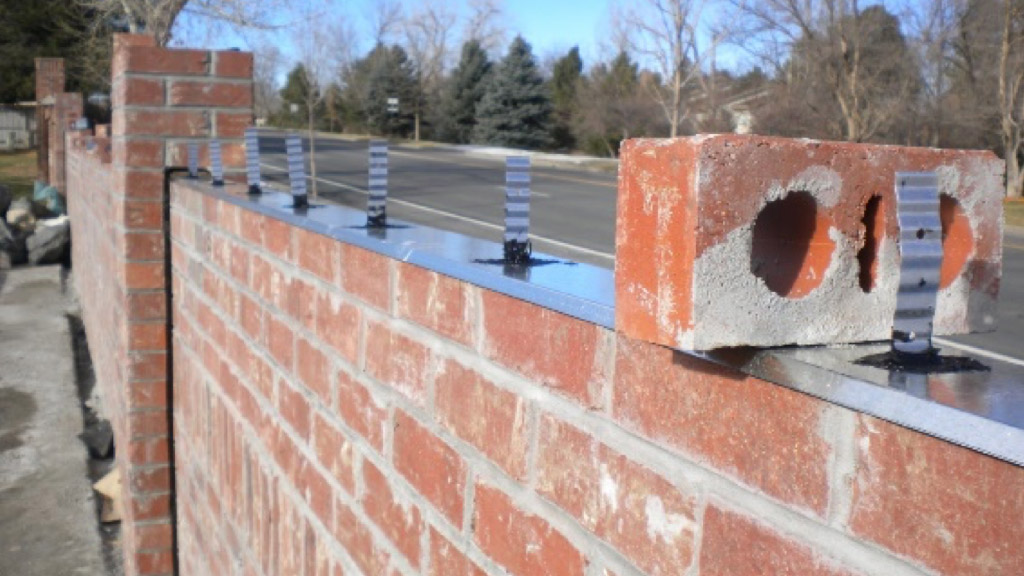
Install through-wall flashing under rowlock brick caps to minimize moisture penetration.